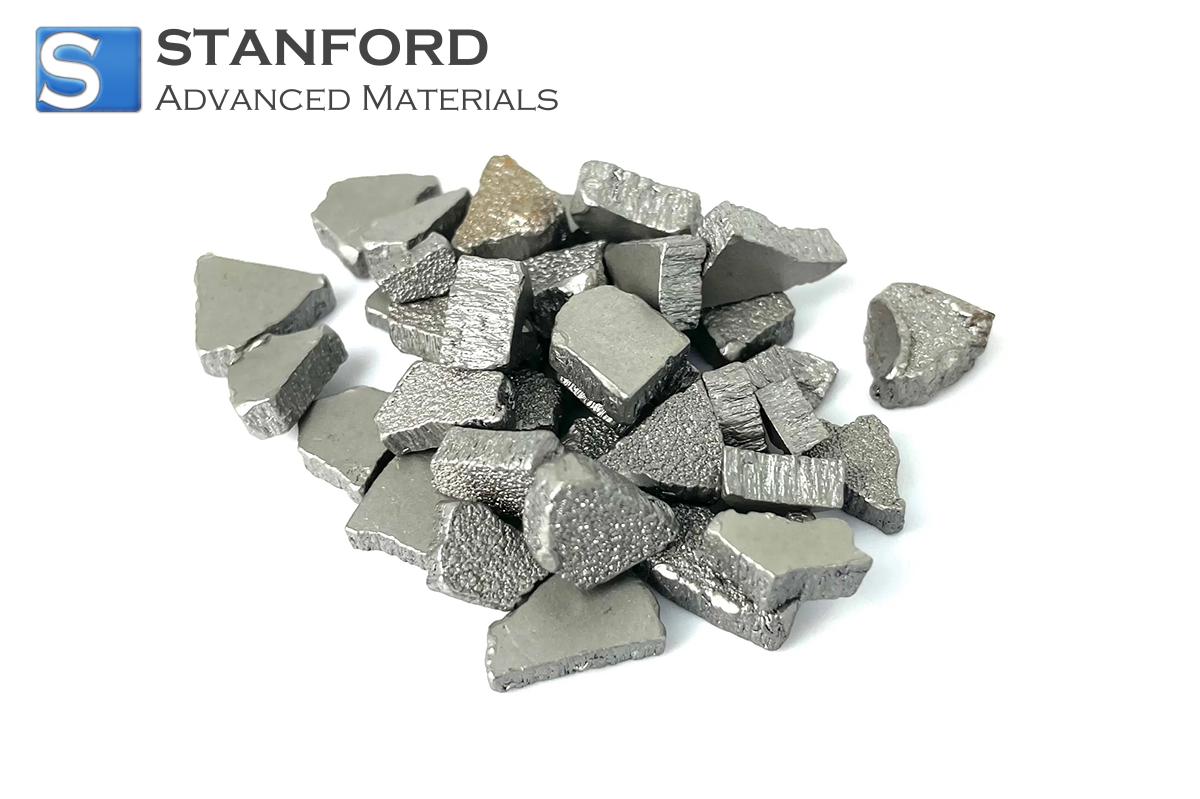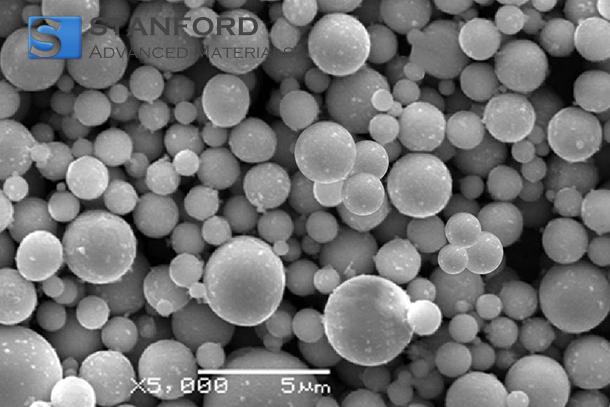Relative Atomic Mass, A.k.a. Atomic Weight
Description of Relative Atomic Mass
The relative atomic mass is a dimensionless quantity that compares the average mass of an element’s atoms to the mass of Carbon‑12, which is assigned a value of exactly 12. This measure accounts for the presence of different isotopes and their natural abundances. It offers a standardised method for comparing the masses of different atoms.
Atomic Mass Unit (amu)
The atomic mass unit is a standard unit that quantifies mass at the atomic or molecular scale. One amu is defined as one-twelfth of the mass of a Carbon‑12 atom.
How the Relative Atomic Mass is Measured
The measurement of the relative atomic mass involves several steps:
- Identify the Isotopes: Determine the isotopes of the element and record their respective masses.
- Determine Natural Abundance: Establish the percentage of each isotope present in a naturally occurring sample.
- Calculate: Multiply the mass of each isotope by its natural abundance and add the results to obtain the relative atomic mass.
Consider chlorine, which has two stable isotopes: Chlor‑35 and Chlor‑37.
|
Isotope |
Mass (amu) |
Natural Abundance (%) |
|
Chlor‑35 |
34.968853 |
75.76 |
|
Chlor‑37 |
36.965903 |
24.24 |
Relative atomic mass = (34.968853 × 0.7576) + (36.965903 × 0.2424)
Relative atomic mass ≈ 26.504 + 8.964
Relative atomic mass ≈ 35.468 amu
Relationship to the Standard Atomic Mass
The standard atomic mass is the weighted average of the masses of an element’s isotopes based on their natural abundances. It is used in precise scientific measurements and corresponds closely to the relative atomic mass.
Relation to the Mass Number
The mass number is the total count of protons and neutrons in an atom’s nucleus. Unlike the relative atomic mass, the mass number is an integer that is specific to each isotope.
|
Measurement |
Definition |
Usage |
|
Relative atomic mass |
Average mass of atoms relative to Carbon‑12 |
Chemical quantitative analysis |
|
Standard atomic mass |
Weighted average mass based on isotopic abundance |
Scientific measurements |
|
Mass number |
Total number of protons and neutrons |
Identification of specific isotopes |
For further information, please refer to Stanford Advanced Materials (SAM).
Frequently Asked Questions
What is the difference between relative atomic mass and absolute atomic mass?
The relative atomic mass is a dimensionless quantity that compares an atom’s mass with that of Carbon‑12, whereas the absolute atomic mass is measured in amu.
How does isotopic variation affect the relative atomic mass?
Different isotopes possess distinct masses and natural abundances. These values determine the weighted average that represents the relative atomic mass.
Why is Carbon‑12 used as the standard for relative atomic mass?
Carbon‑12 is stable and has an appropriate atomic mass. It is widely available, thereby making it a viable reference for atomic mass measurements.
Can the relative atomic mass change over time?
The relative atomic mass remains constant for an element under standard conditions, given that natural isotopic abundances do not typically alter.
How is the relative atomic mass used in chemical equations?
It enables chemists to calculate the amounts of reactants and products in moles, thereby facilitating the balancing of chemical equations.

 Bars
Bars
 Beads & Spheres
Beads & Spheres
 Bolts & Nuts
Bolts & Nuts
 Crucibles
Crucibles
 Discs
Discs
 Fibers & Fabrics
Fibers & Fabrics
 Films
Films
 Flake
Flake
 Foams
Foams
 Foil
Foil
 Granules
Granules
 Honeycombs
Honeycombs
 Ink
Ink
 Laminate
Laminate
 Lumps
Lumps
 Meshes
Meshes
 Metallised Film
Metallised Film
 Plate
Plate
 Powders
Powders
 Rod
Rod
 Sheets
Sheets
 Single Crystals
Single Crystals
 Sputtering Target
Sputtering Target
 Tubes
Tubes
 Washer
Washer
 Wires
Wires
 Converters & Calculators
Converters & Calculators
 Write for Us
Write for Us





 Chin Trento
Chin Trento



